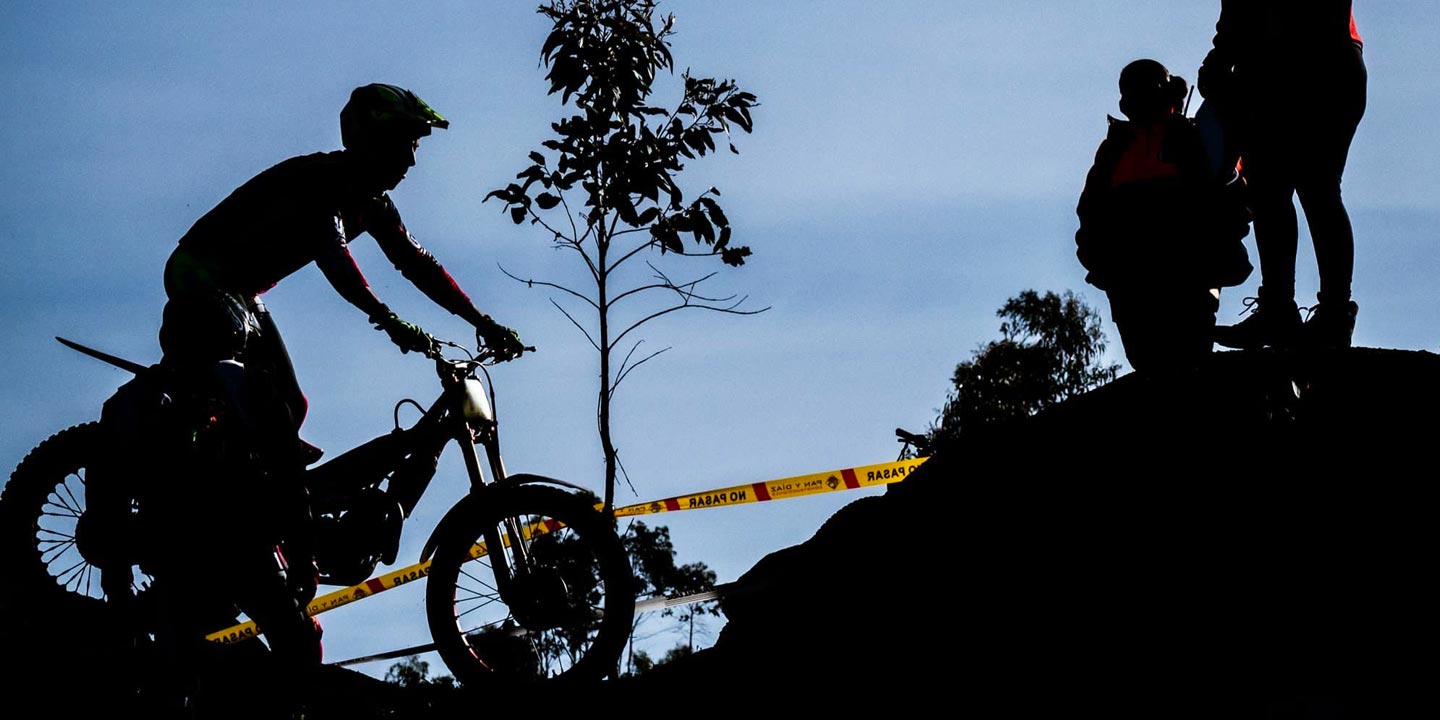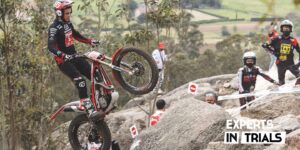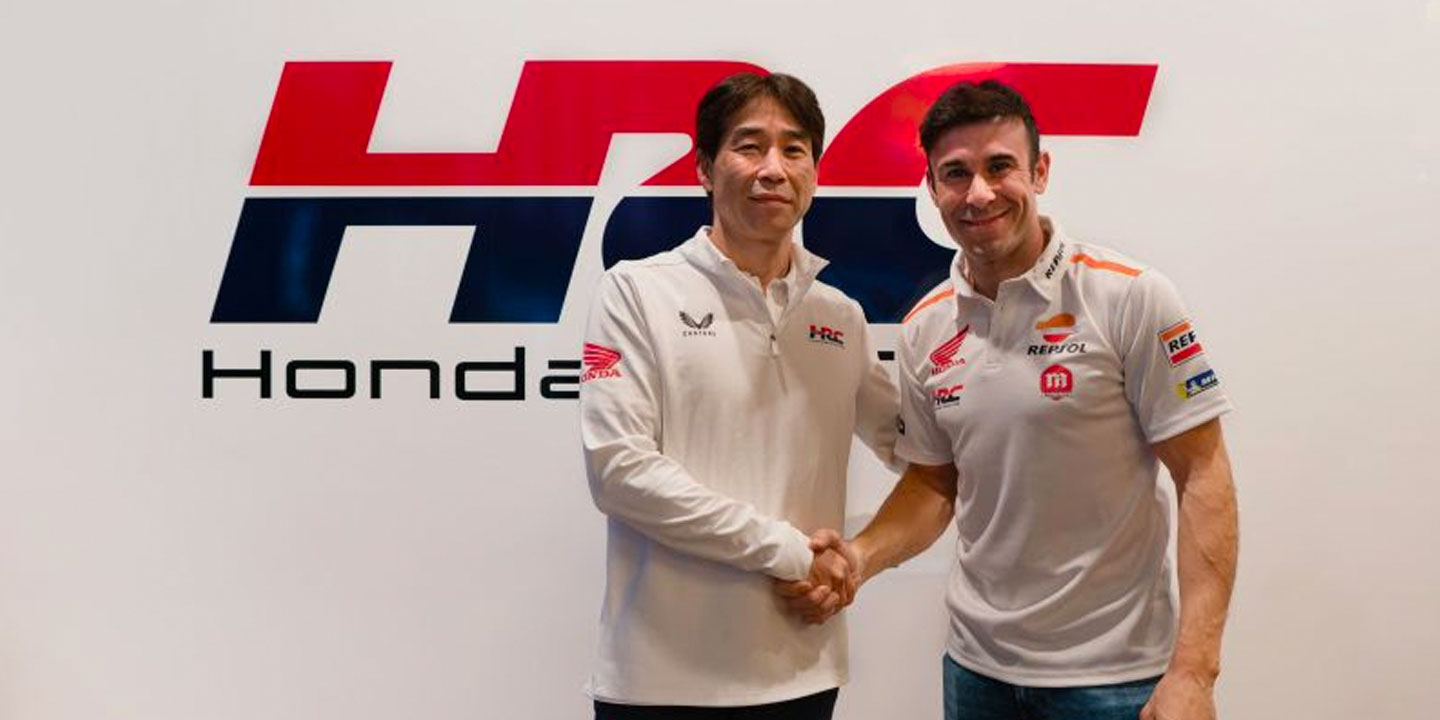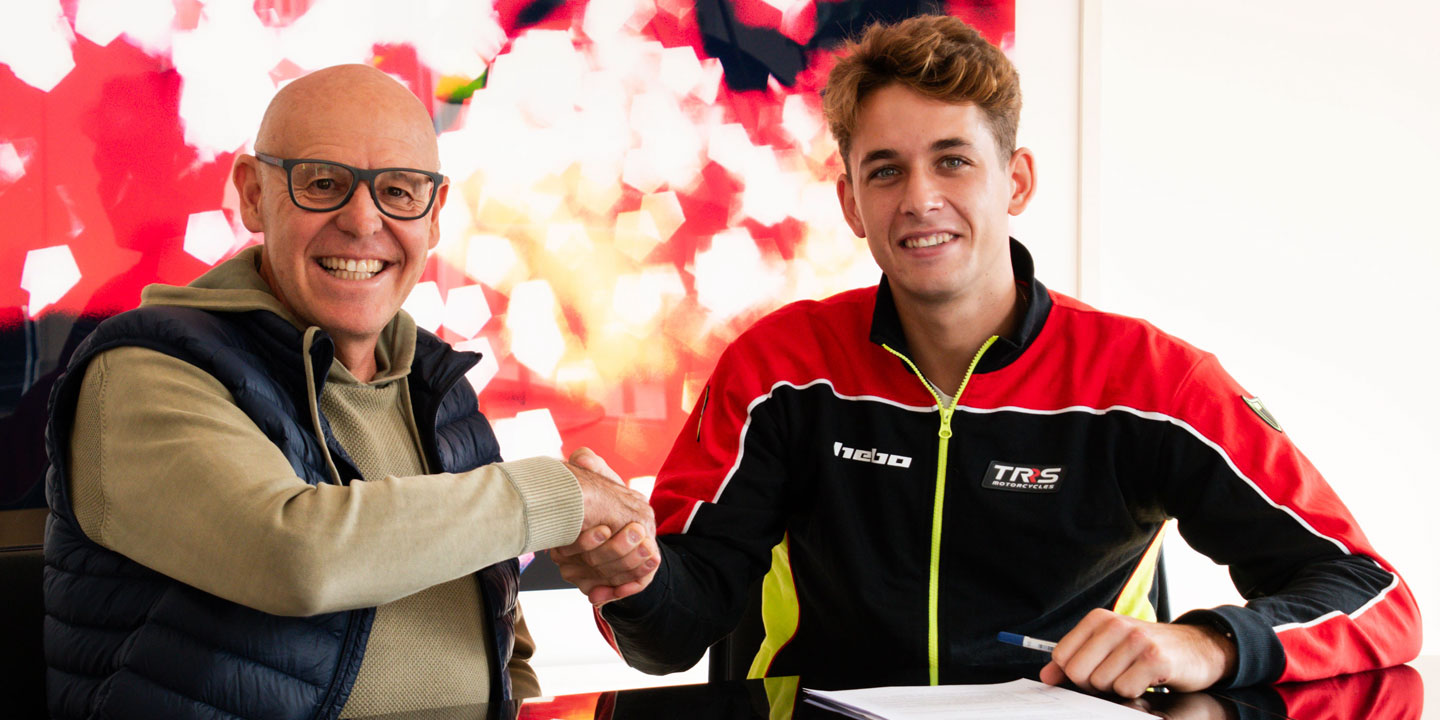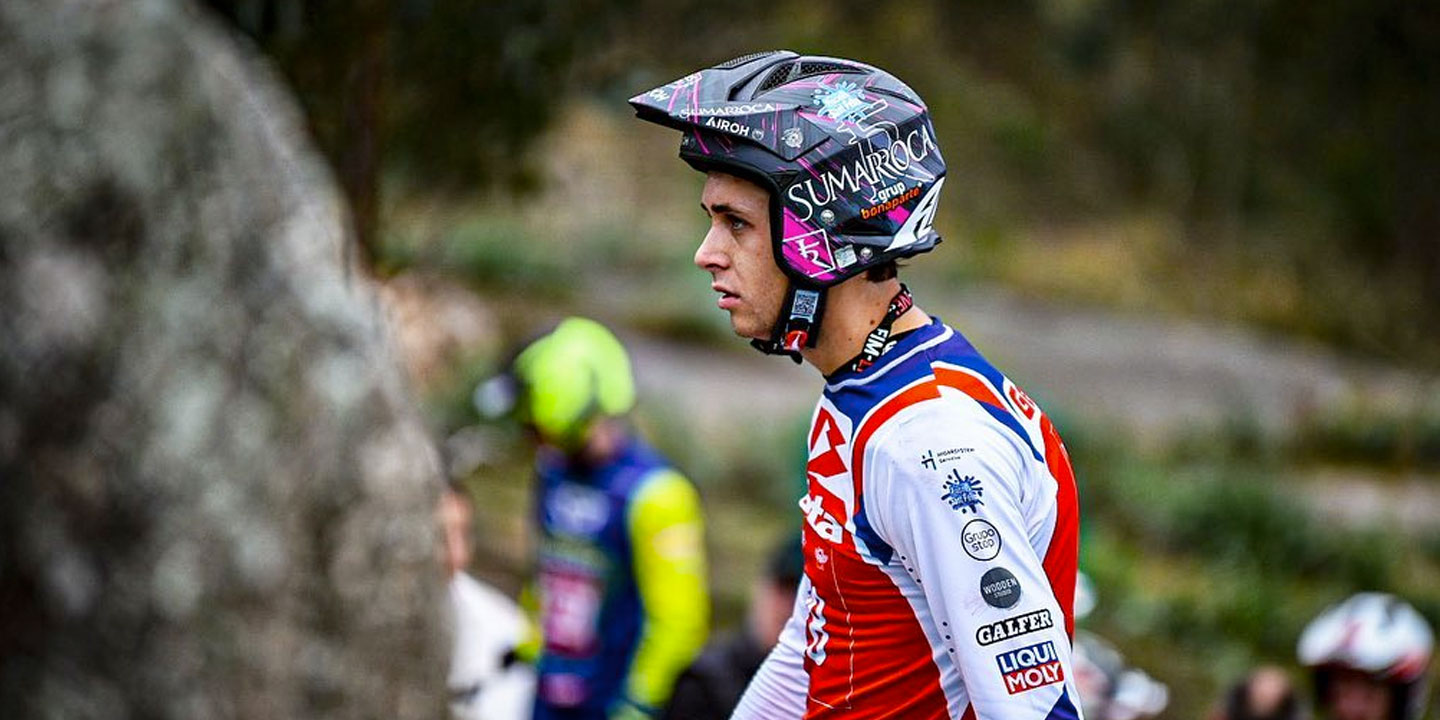The start of the 2021 Spanish Trial Championship has put on the table an in-depth debate on the regulations, especially with regard to the novelties introduced in this edition. One of them, the bonus for time invested in the race, which has completely blurred the result of the Galician event.
It all comes down to the rules of procedure. For this reason, we have had the collaboration of a lawyer and trial enthusiast, Juan Ignacio Xiberta (Life Abogados) to study in depth what the regulation really says and, consequently, detect possible inconsistencies or errors in its interpretation.
Analysis of Arteixo from the point of view of the regulation
After the controversial race we have been able to see on the networks the discontent of most of the riders. Raga said that what they like is trial and that was something else. Busto posted the following: “2nd in today’s enduro.” Most agreed that this could not be repeated and that the regulations that were applied should at least be revised.
Allow me to explain my reflection on what happened on the basis of the current regulations published by the RFME.
First Consideration
Curiously, the regulations do not define the trial. It might seem obvious, but we will see that this omission will be relevant.
It’s taken for granted that everyone knows what trial is, but this presumption can generate a lot of literature. Is it a skill test? Is it a career of skill + time? Is the skill preferred over the time taken to complete it or vice versa? It seems obvious, but we have to ask ourselves these questions because depending on which position we adopt, it could be legitimate to sign up for a trial without intending to try any area and that, it seems obvious, should not be.
The FIM regulations do contain the definition:
“A Trial is an event in which the skill and regularity of the riders form the basis of the results. Sections are included within the course, where the skill of the rider negotiating them is observed and penalties given. In addition, a time limit is set for part of, or for the whole course”
Second Consideration
Following the above, let’s assume that a trial is a motorcycle race in which the time should not be decisive for the classification except in specific circumstances such as in the event of a tie or if it is exceeded -either in the area or in the race-.
In other words, let’s consider that the race time should be a subsidiary issue in relation to the score obtained in the zones.
If it becomes decisive, let’s say that the trial is distorted. That’s exactly what happened in Arteixo.
Third Consideration
This one already has the rules in hand:
A distinction is made between “route” (Art. 052.6) and “zones” (052.7).
It is important to note that “in order to appear in the final classification, the bike and the rider must have made (…) the total length of the route”
Article 052.7.1 establishes the obligatory nature of the “zone corridor” to regulate access to it. Therefore, the zone corridor IS NOT the zone.
052.7.3 says that the measurement of time begins when the front axle crosses the zone start line. It confirms, then, what I have just said: the corridor is part of the route since it is not part of the area.
Fourth Consideration
On penalties for fouls in a zone (Art. 052.10.2):
From reading this article it is clear that the “5” or “fiasco” is a penalty that can only be committed in one area.
One of the assumptions that determines a fiasco occurs when “the pilot does not cross the area in the established time: 1.20″ + 10” tolerance.
Since the clock starts ticking when the front axle crosses the front door, it turns out that if that doesn’t happen, you can’t be penalized with a fiasco.
For its part, the regulation contains a section called “other penalties” and in it the act of “omitting an area” is punished with 10 points.
In short, according to the literal text of the regulation, it seems clear that the habitual and consensual practice of “chopping an area” without entering it should not be sanctioned as a fiasco but as an infraction that is penalized with an additional 10 points.
Article 52.10.5 regulates the exclusion of a pilot.
I highlight 2 actions that can lead to this sanction:
The first establishes that “the signposted route must be strictly followed (…)” and the second that “any voluntary act on the part of the pilot (…) that goes against the regulatory development of the competition
You’ll see that this raises another possibility:
As we have seen before, the corridor of the area is not the area itself and is therefore part of the route. Picking up an area without having walked the corridor (with its corresponding queue) and without having entered the area implies not having strictly followed the signposted route.
On the other hand, not voluntarily entering an area can be perfectly interpreted as a voluntary act that goes against the regulatory development of the competition that requires, trying to avoid all the marked areas, because according to the definition of trial, that is the object of sport.
In conclusion, I sincerely believe that, regulation in hand, in the Arteixo test the result has been distorted by not having been applied correctly.
In general, chopping an area without attempting it should, in my opinion, be penalized with 10 points or exclusion. Sanctioning this practice with a 5 penalizes the riders who complete the race: zones + route.
Picking up an area without having walked the corridor (with its corresponding queue) and without having entered the area implies not having strictly followed the signposted route.
Not entering an area voluntarily can be perfectly interpreted as a voluntary act that goes against the regulatory development of the competition that requires trying to avoid all the marked areas, because according to the definition of trial, that is the object of the sport.
You can agree or disagree with this statement, but I think it is undeniable that penalizing those who have queued and tried to overcome the area by putting all their effort into it as well as those who have decided not to try it and not even wait their turn gives an uneven result, especially when the regulations give so much prominence to race time.
Additional Notes
The RFME’s sports regulations define an infraction (Art. 110) as “a voluntary act (…) ” carried out during the course of a competition contrary to the regulations in force” and also as (…) “any action that harms the interests of the competition, the participants or the sport in general”.
By way of anecdote. The SSDT regulations use the criterion of “bona fide attempt” to determine whether there is a fiasco or another sanction (years ago it was penalized with 50 points, now it seems that with exclusion – at the discretion of the zone judge).
To conclude, you can agree or disagree with this exposition, but I think it is undeniable that penalizing those who have queued and tried to overcome the zone putting all their effort as well as those who have decided not to try it and not even wait their turn gives an uneven result, especially when the regulations give so much prominence to race time.
If the regulation had been applied in the way I am explaining, we would certainly not be talking about the controversy.
WHAT HAPPENED AT THE CET IN ARTEIXO?
NEWS CET regulation 2021
- New Veterans B Category
- The Trial-E category disappears
- Electric motorcycles race in their own right in the rest of the categories (limited to 125cc)
- Bonus points for time spent in the race
- Two hours to see the areas on Saturday
Spanish Trial Championship 2021 Calendar
- ARTEIXO - GALICIA - 17 AND 18 APRIL
- LA FOZ DE MORCÍN - ASTURIAS - 26 AND 27 JUNE
- POBLADURA DE LAS REGUERAS - LEÓN - 24 AND 25 JULY
- AITONA - LLEIDA - 25 AND 26 SEPTEMBER
- OLVÁN - BARCELONA - 23RD AND 24 OCTOBER
